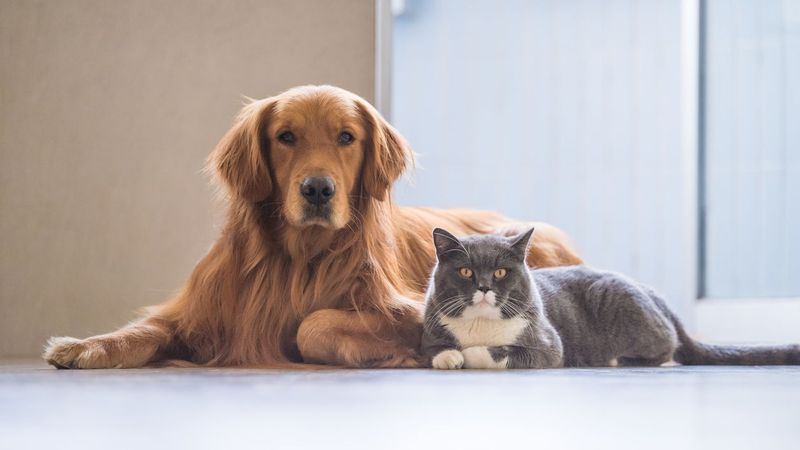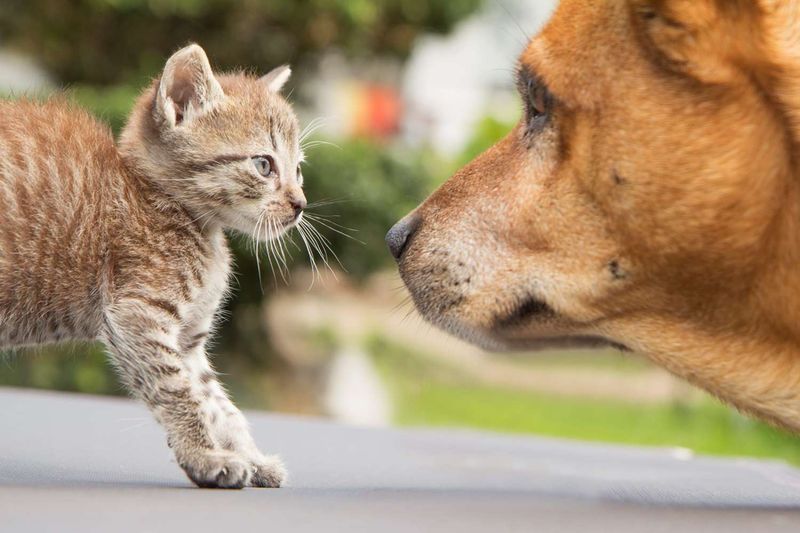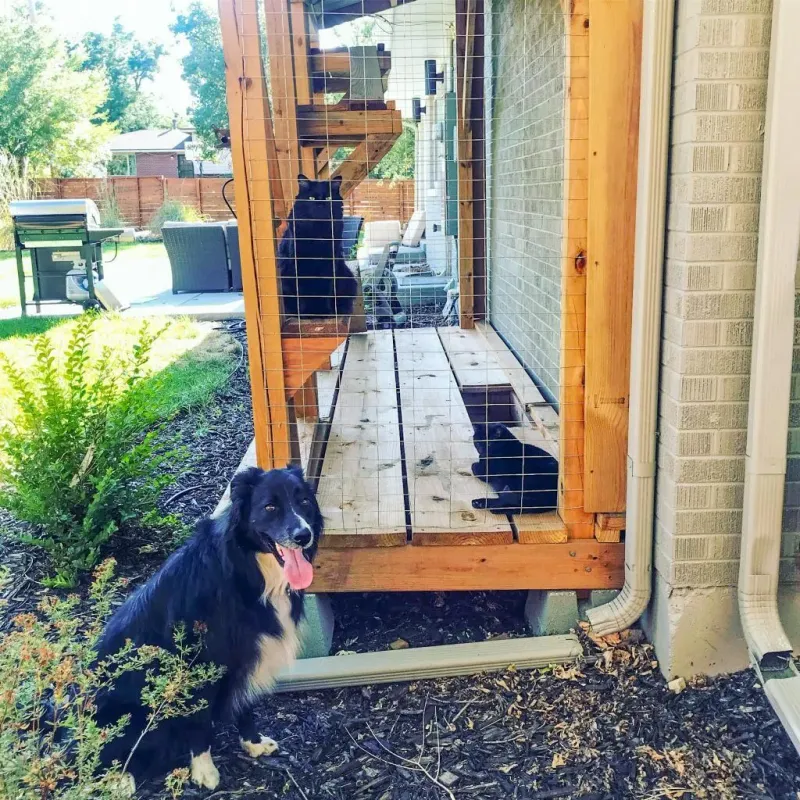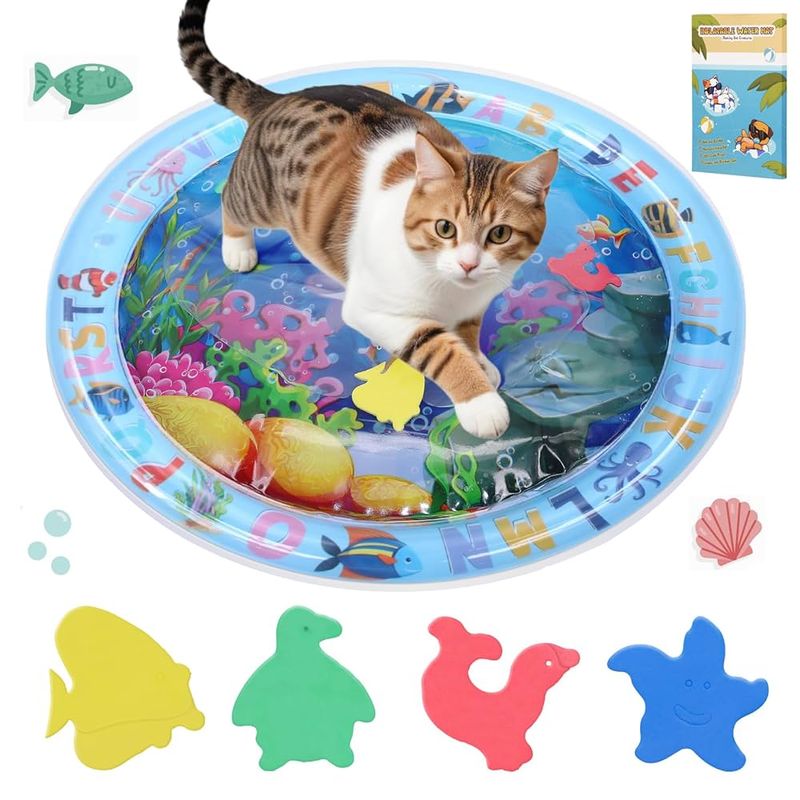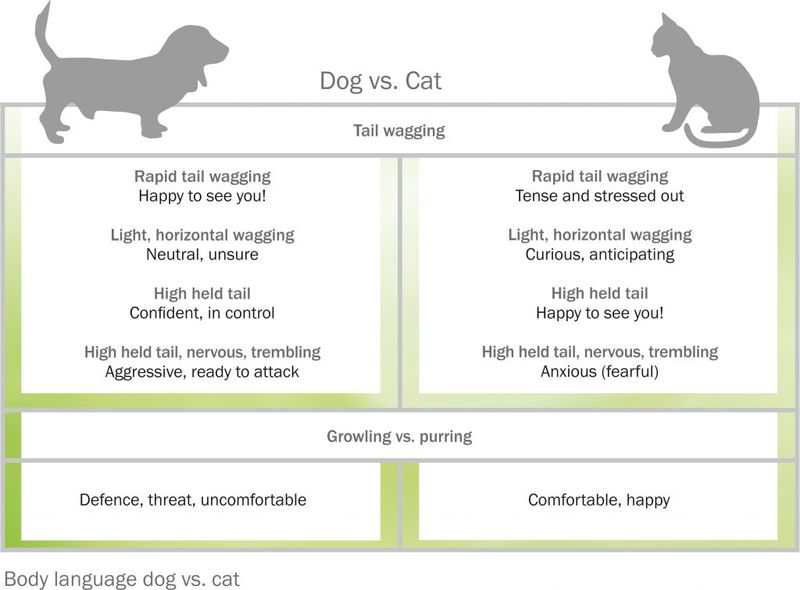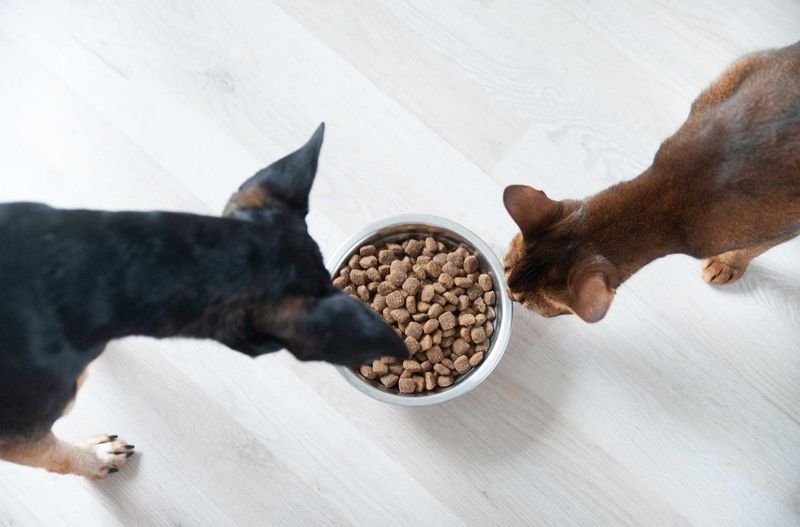📖 Table of Content:
Fostering harmony between a cat and a dog in the same household is a common challenge for pet owners. However, with the right strategies and understanding, it’s possible to create a peaceful environment where both pets can coexist happily. Here are seven expert tips to help your cat and dog become the best of friends.
1. Understand Their Personalities
Every pet has a unique personality. Understanding the distinct characteristics of both your cat and dog is crucial for fostering a harmonious relationship. Consider your cat’s inquisitive nature and your dog’s laid-back demeanor. Recognizing these traits helps in creating an environment where both can thrive. By catering to their individual needs, such as providing safe spaces for the cat and regular playtime for the dog, you pave the way for mutual respect and understanding. This foundation is vital for any relationship, including those between your furry companions.
2. Supervised Introductions
Introducing a cat to a dog requires patience and supervision. Start by letting them sniff each other through a barrier, like a baby gate. This controlled interaction minimizes stress and allows both pets to get accustomed to each other’s scent. Gradually increase their face-to-face time, always under supervision. This methodical approach ensures safety and fosters familiarity. Over time, these supervised introductions can lead to a trusting relationship, as both pets learn to associate each other’s presence with positive experiences.
3. Create Separate Spaces
Providing separate spaces for your cat and dog is essential for peace. Cats often need vertical spaces to retreat to, such as shelves or cat trees. Dogs, on the other hand, might prefer cozy nooks at ground level. These distinct areas serve as personal sanctuaries where each pet can relax without feeling threatened. By respecting their need for individual spaces, you help minimize territorial disputes and stress, allowing both to feel secure and content in their shared home.
4. Use Positive Reinforcement
Positive reinforcement is a powerful tool in training pets to get along. Reward your dog and cat for calm interactions, using treats or praise. This approach encourages them to associate each other’s presence with positive experiences. Over time, these rewards reinforce peaceful behavior, reducing the likelihood of conflict. Positive reinforcement not only helps in training but also strengthens the bond between you and your pets, promoting a harmonious household environment.
5. Provide Interactive Play
Engaging your pets in interactive play can help reduce tension. Toys and games divert their energy into positive activities, preventing boredom and frustration. For cats, consider feather toys or laser pointers; for dogs, fetch or tug-of-war can be ideal. These activities not only entertain but also provide a constructive outlet for their energy. Regular play sessions can help them bond over shared experiences, breaking down barriers and fostering a sense of camaraderie.
6. Understand Body Language
Reading and understanding your pets’ body language is key to preventing conflicts. A cat with raised fur or a dog with a wagging tail tells volumes about their feelings. By observing these signs, you can intervene before tensions escalate. Understanding these cues helps in assessing how each pet perceives the other and can guide you in moderating their interactions. This awareness not only prevents potential conflicts but also helps in creating a calm environment where both pets feel safe.
7. Consistency and Routine
Maintaining consistency and routine is vital for ensuring your pets’ comfort. Regular feeding times, play sessions, and rest periods help establish a sense of security. Predictability reduces anxiety, making both pets feel more at ease in each other’s company. By sticking to a routine, you help both pets adjust to sharing their space, fostering a peaceful coexistence. This structured environment is essential for developing a stable and harmonious relationship between your cat and dog.

